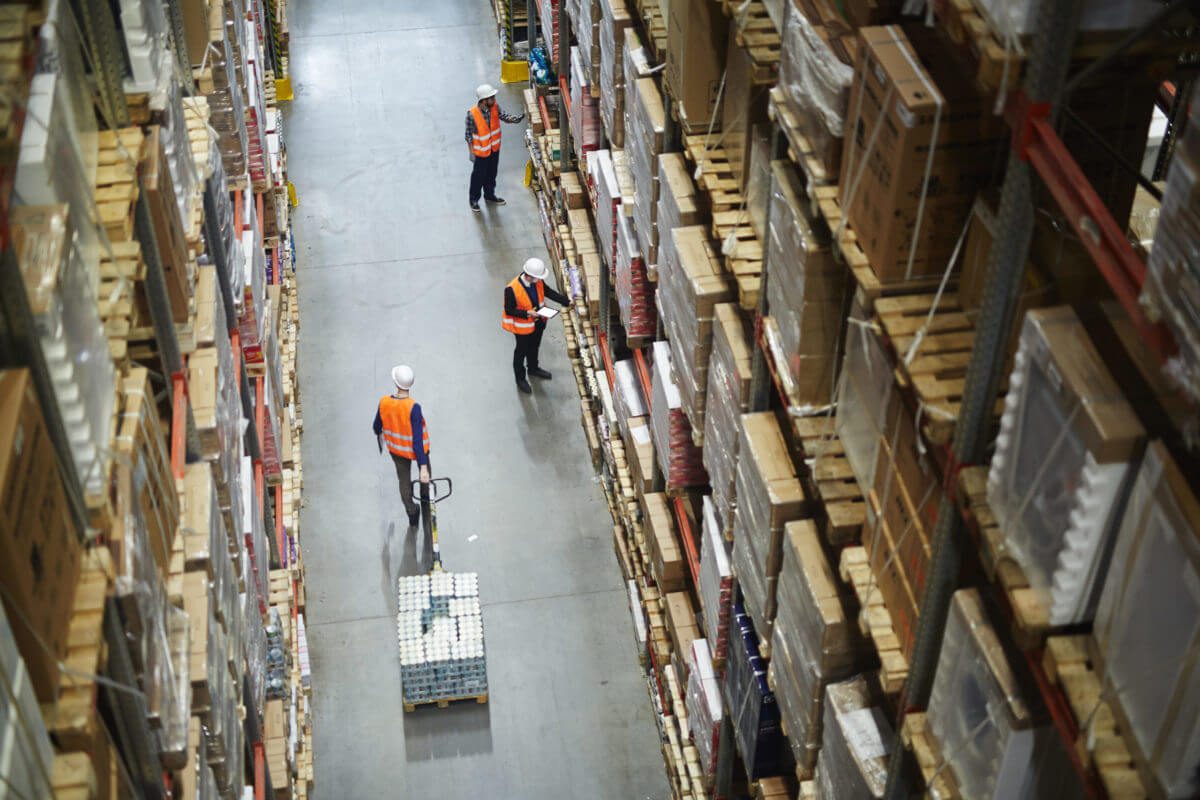- Solving Labor Challenges
- blog
Warehouse labor market: Four trends to watch
Explore the latest data that will help you shape your approach to managing the labor shortage - in the 2021 shopping season and beyond.

/



